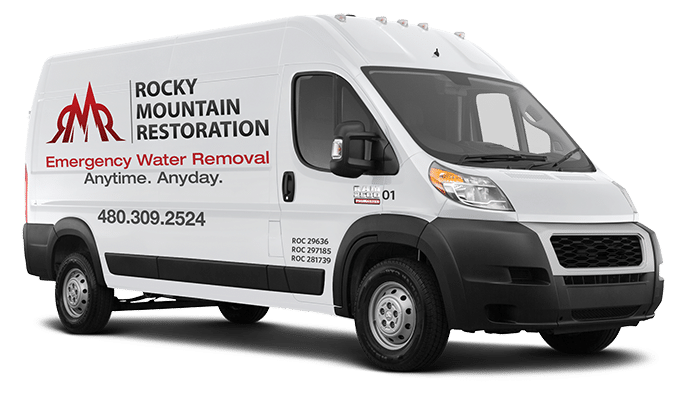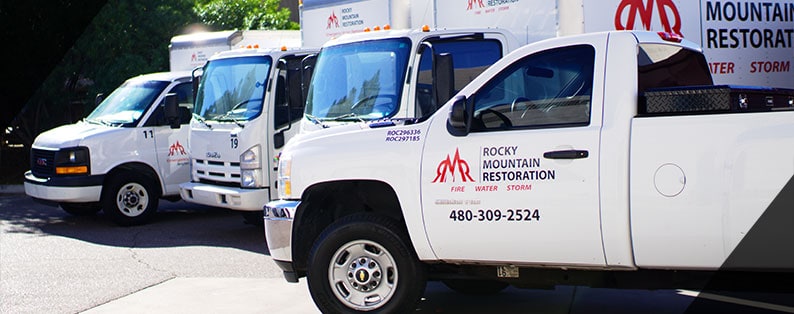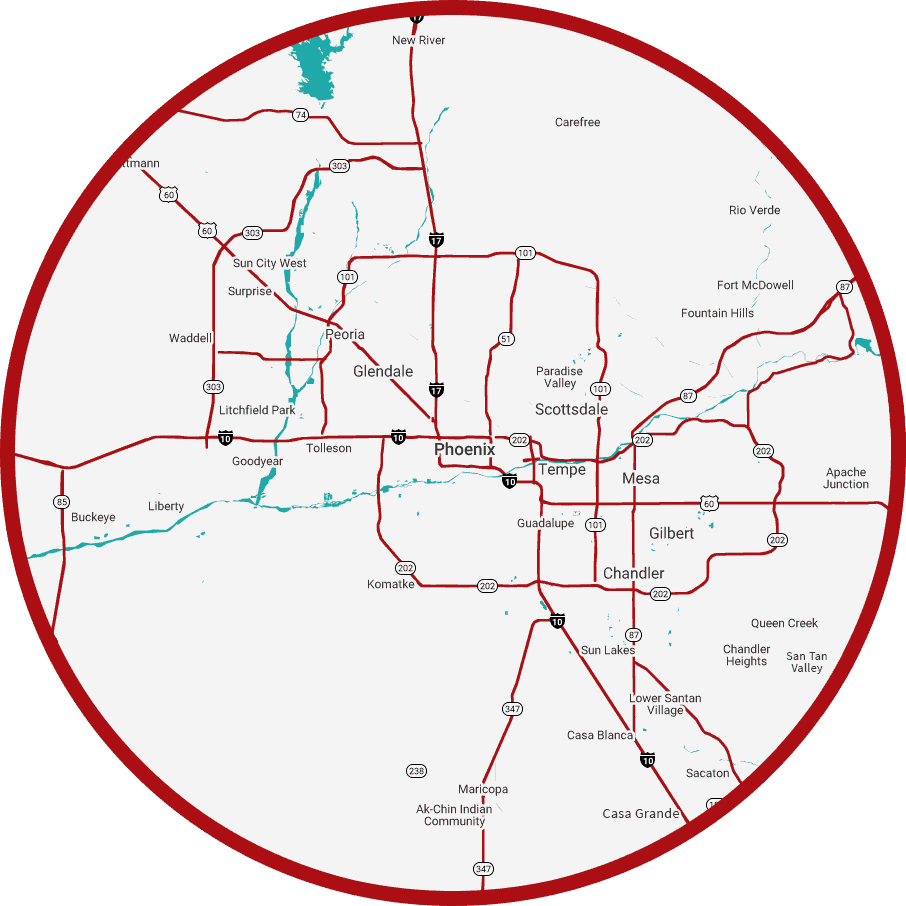It goes without saying that water is as integral to life as Internet connection is to you reading this blog post. Water runs through virtually every modern home, at least in the United States, Canada, and most of Europe.
Water main lines run clean water to consumers’ homes; sewers take used, non-potable water mixed with human waste and transport them to water treatment facilities; and the hundreds of feet of pipe below homes’ subflooring, above ceilings, and throughout walls transfer water inside of consumers’ living spaces.
Water is quite literally everywhere in consumers’ homes in modern, first-world countries. If just one pipe does so much as cracks, water could leak so violently that the floor or ceiling falls through, homeowners couldn’t bathe when they wake up, and other wholly negative, detrimental outcomes.
Let’s look at several signs that could translate to existing water damage in your residential home or commercial place of business. It’s important to keep in mind that, unless you’re a professional when it comes to plumbing, construction, remodeling, or being a handyman, you should leave higher-level diagnosing and all levels of repairs to professionals.
Feeling froggy? Don’t jump! You could very well leave your home in a worse position than it was prior to you noticing that water damage was existent within the boundaries of four walls, floor, and ceiling you likely pay over a thousand dollars each month for.
Accumulations Of Water
This is one of the most obvious things to look out for in both residential places of living and commercial business spaces. If you see even the smallest beads or lines of water in cracks, crevices, and open spaces throughout your home, it’s impossible to even argue that there are no open sources of water in your home – you need to get something fixed as soon as possible!
Textual Changes In Ceilings And Walls
When we refer to texture in ceilings, walls, and floors, it could mean a formerly flat, sheetrock ceiling becoming dimpled. Though you might not recognize it at first, such changes in texture are likely due to the presence of excess water in inappropriate places.
If your floor becomes raised in the center, even though it might not seem like water is the problem, get help. The expansion of wood floors is also something noteworthy.
Lastly, if your home begins to smell foul, call a plumber in Phoenix – you could be in for a world of water (and not in the good way).
We can provide a FREE Estimate on any other Water or Flood Damage you have!













